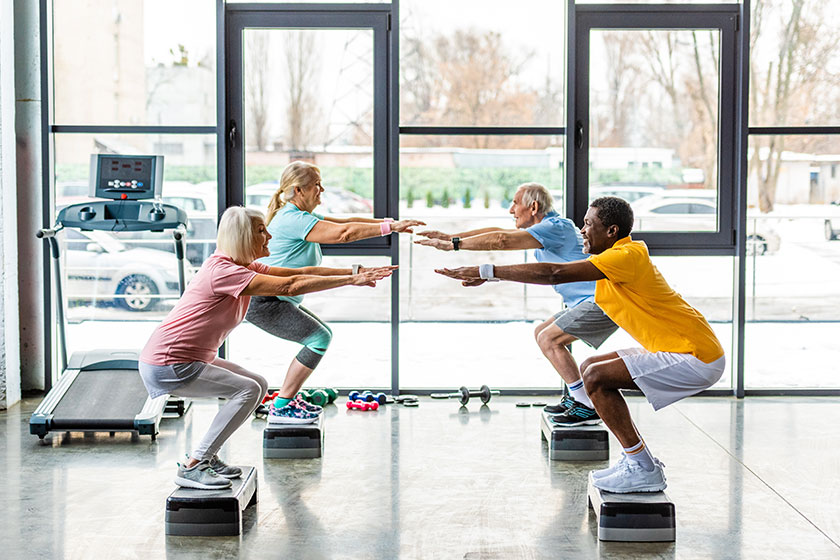Functional fitness for seniors is a form of exercise focused on improving the ability to perform daily living activities with ease. As you or your loved ones age, maintaining strength, balance, and mobility becomes increasingly important. Functional fitness is designed to enhance these abilities, making daily tasks like standing, lifting, and walking safer and more manageable.
What is Functional Fitness?
Functional fitness involves exercises that prepare your body for common movements you perform daily. Instead of isolating individual muscles, functional fitness engages multiple muscle groups at once. This type of workout includes squats, lunges, and pushing or pulling motions that simulate everyday tasks.
For older adults, functional fitness is an excellent way to maintain physical health without the need for complex equipment. Exercises are typically low-impact, meaning they are gentle on the joints while still building strength and endurance.
Why Functional Fitness is Important for Older Adults
One of the primary benefits of functional fitness is improving balance, which helps prevent falls. As cited by the Centers for Disease Control and Prevention (CDC), falls are one of the leading causes of injury in older adults. Exercises such as standing on one leg or shifting your weight from side to side can greatly reduce this risk.
Functional fitness also helps improve mobility and flexibility. According to a study from the National Institutes of Health (NIH), maintaining flexibility in the hips and lower back is key to preserving walking ability and preventing stiffness. Functional exercises target these areas, allowing for greater ease in movements.
The Benefits of Functional Fitness
Functional fitness improves more than just physical strength. Regular practice also enhances coordination and cognitive health. The mind-body connection is important, especially as you age, and functional exercises require focus and balance, which stimulates mental sharpness.
Another benefit is the improvement in posture and core strength. Many older adults experience poor posture due to muscle weakening over time. Functional fitness engages the core muscles, which helps to correct posture and support the spine, reducing discomfort and improving overall body alignment.
Exercises to Try at Home
Functional fitness can be done from the comfort of home without expensive equipment. Simple exercises like chair squats, where you sit down and stand up repeatedly, are great for leg strength and balance. Walking sideways or backward can also enhance mobility and improve coordination.
Another exercise to try is the “sit-to-stand,” which mimics the movement of getting up from a chair. This exercise strengthens the lower body, especially the quadriceps and glutes, and improves your ability to rise from a seated position without assistance. Incorporating resistance bands can make this exercise more challenging while still being gentle on joints.
Incorporating Functional Fitness into Your Routine
You do not need to commit to long sessions to see the benefits of functional fitness. Even 15 to 20 minutes a day of targeted exercises a day can make a difference. Start by incorporating basic movements into your daily routine, and gradually increase the duration or intensity as you become more comfortable.
Consulting with a fitness professional can help create a customized routine tailored to your or your loved one’s needs. Personalized fitness programs can focus on specific areas such as improving balance, increasing mobility, or building strength in weaker muscles.
Promoting a Healthier, Active Lifestyle
Functional fitness is not just about exercise; it is about maintaining an active lifestyle that supports independence. By regularly practicing movements that mimic daily tasks, older adults can continue enjoying hobbies, social activities, and self-care with confidence. Functional fitness empowers individuals to move with greater ease and live more freely.






